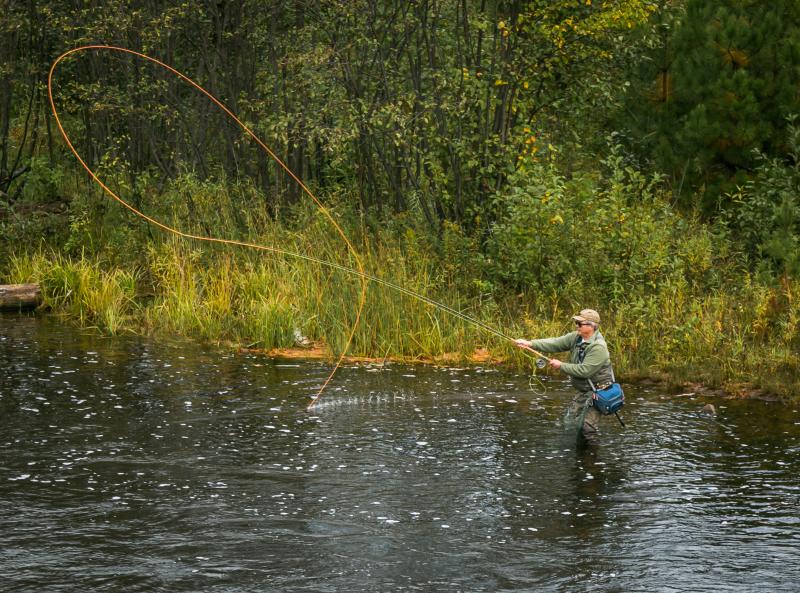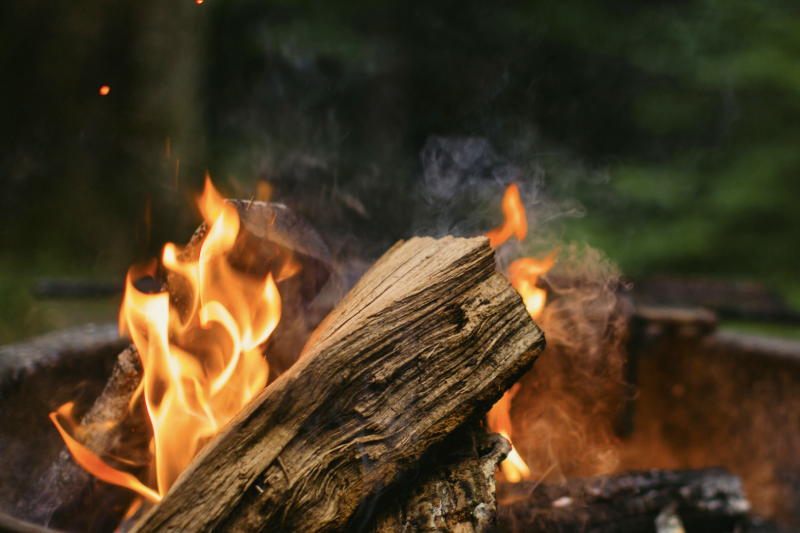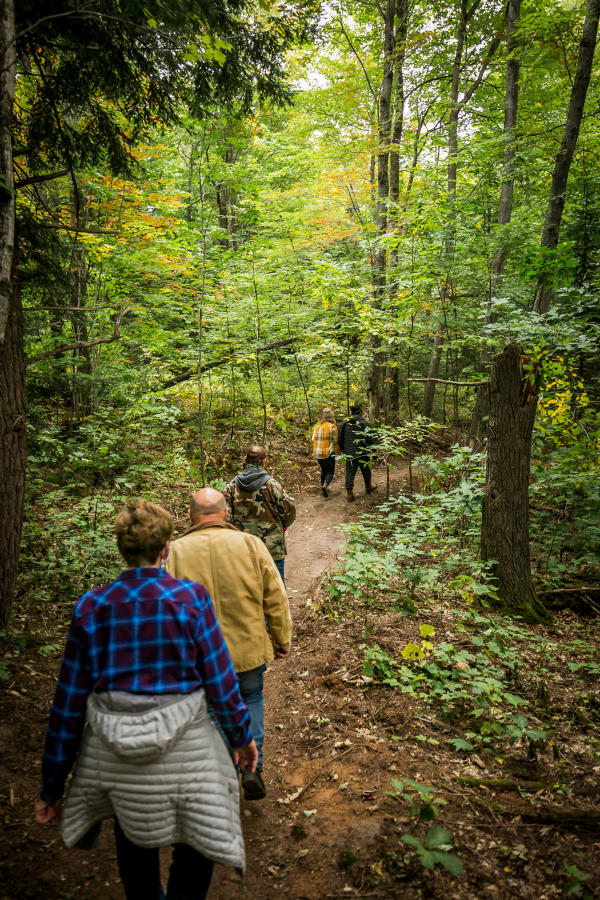The introduction of invasive species has affected all aspects of life in the Great Lakes Region and throughout the globe. According to the Leave No Trace organization, the annual estimated cost in the United States of invasive species control is around $120 billion per year, and approximately 42% of Threatened or Endangered species are at risk primarily due to invasive species. The spread of invasive species is fast and often hard to notice. Seeds and plant matter travel by hitchhiking on vehicles, boats, hiking boots, firewood, and even our pets! There are many practices we can follow to help stop or minimize the spread of invasive species.

Clean, drain and dry your boat and all fishing equipment after each use. This is especially important if you plan on transporting your vessel to another body of water. For more information on aquatic invasive species prevention check out boatingmichigan.org
Leave No Trace tells us, “many invasive species can live up to 30 days in a damp environment. This is why it’s important to clean and drain your boat or water equipment even if you don’t see anything. Drying will help prevent larvae from living in the damp environment of your gear as you store it.”

When camping, don’t bring firewood from outside areas, only burn wood within 30 miles of where you buy it. Invasive species are often found traveling on firewood and can get easily introduced into a new area this way.

Staying on the trail can help minimize the chance of you picking up seeds on your boots. When you’re done with your hike, use a boot brush to wipe the soles of your shoes. If your furry companion is with you, check and wipe their paws and fur as well.
Check out Lake to Lake Cooperative Invasive Species Management Area to learn more about invasive species management and education specific to Marquette County, or for general information regarding invasive species prevention, you can reference this article by the Leave No Trace organization.


